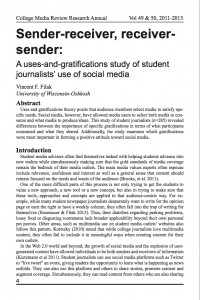The student media groups at Western Kentucky University and the University of Arizona both benefited from developing powerful relationships with people who cared about safeguarding their student media programs
By Susan Smith
South Dakota State University

Several cups of coffee, and strong relationships with a committed alumni base, helped to build a new home for the student publications of Western Kentucky University.
“We focused on not big numbers,” said Chuck Clark, director of student publications.
“We focused on if you could find a way to donate $10 a week – skip two Starbucks – this is what it could buy.”
The School of Journalism and Broadcasting was relocated across campus from the traditional home of WKU’s student publications with no room in the new building for the twice-weekly College Heights Herald and the Talisman Yearbook and specialty publications produced by College Heights Media. Continue reading “Fundraising efforts lead to strong student experiences”








